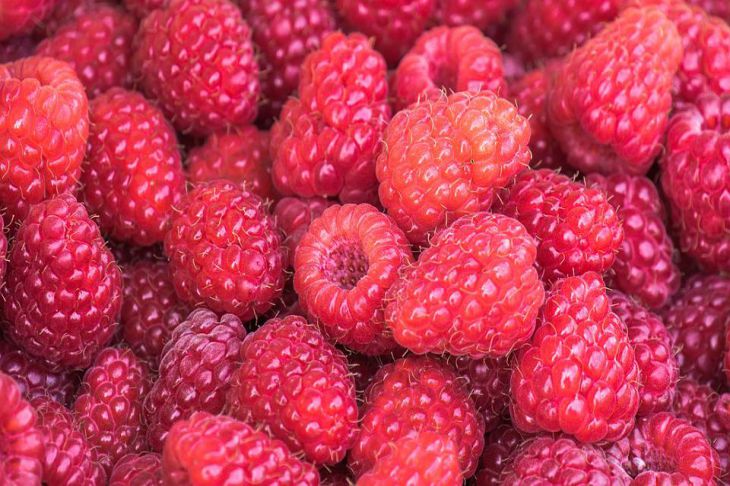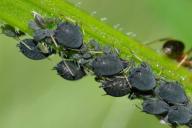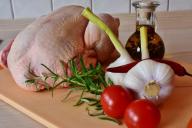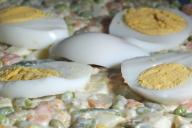Raspberries are easy to grow, but mistakes in care affect yields.
To get the maximum return, you will have to follow simple rules that will help increase yields.
1. It is necessary to carry out annual pruning. After the ending of fruiting, cut dry branches, as well as remove shoots with swellings and burn them.
Bloating is the laying of eggs of a raspberry fly, which must be destroyed before it hits the entire raspberry patch.
The shoots are cut level with the ground. Flowery raspberries, which bear fruit until late autumn, are cut off after the first frosts.

If there are berries left on the branches, they can be cut earlier and put in a container with water in a cool place. The berries will ripen, they can be eaten.
2. October - early November is best suited for planting and transplanting raspberries. The ideal time comes when it is already stable cold outside, but the ground has not frozen yet.
It can be transplanted in the spring, but then the plant has little time to settle down and develop a root system. And in a dry summer, this will affect the development, since the plant will have little nutrition and moisture.
3. Before planting in the hole, it is recommended to add a bucket of compost. Raspberries also like leaf and coniferous litter. In general, the best top dressing for this plant is mulch. Mown grass, tree leaves, and straw are laid between the rows or around the bushes. The height of the layer should be at least 10 cm.
4. Raspberries love water, so they need regular watering if the summer is dry. However, do not be carried away, because with excessive moisture in the soil, the shoots feel bad.
In fact, raspberries tolerate the dryness of the soil well, but large juicy berries will not grow on it. Therefore, watering is necessary, but without fanaticism.
5. In addition to root fertilizing, it is worth feeding on a leaf with extracts from vermicompost. This will increase the yield. Watering with ash (1 cup of ash per 10 liters of water) before flowering will also help. The potassium contained in the ash contributes to an increase in yield.
This applies to any berries, including currants and gooseberries. It is necessary to fertilize with ash before the beginning of flowering in spring and summer, after the fruits have been harvested.
6. In order for the shoots to grow strong and thick, thickening should be avoided.
Weak, thin, elongated branches indicate a lack of light. To prevent this the plantings should be located in a sunny place, and the distance between the bushes should be sufficient so that the bush is well illuminated by the sun.
Please note: thin shoots can be a varietal feature.
7. Young shoots, which the root system constantly lets out, not only conquer a new territory, but also take away part of the nutrition of the main bush.
To avoid this, you should determine where the escape takes place and cut it with a shovel. A bush separated from the mother plant can be transplanted to a new place.
Raspberries are unpretentious. And, most importantly, it does not need to be constantly transplanted. In one place, it feels great for 20 years, or even longer.
If you provide her with proper care, then the yield will only please all these years.









